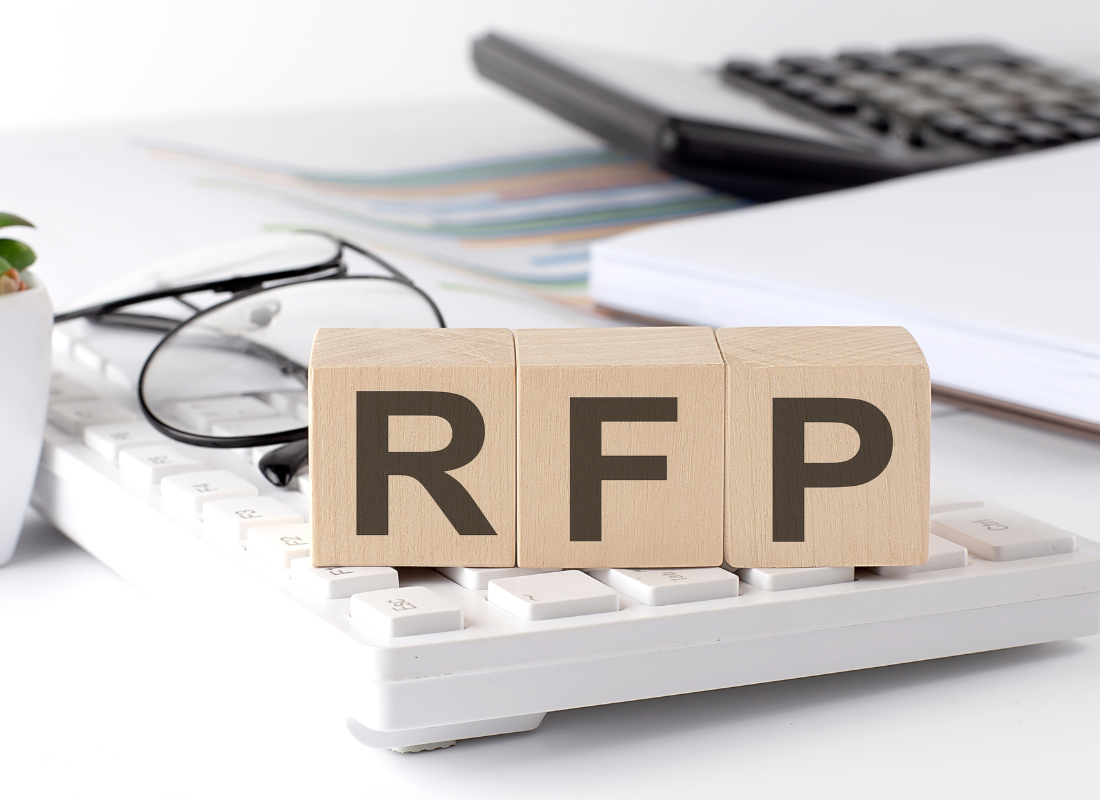Want more like this?
Sign up today to get free articles, webinars, whitepapers, yearly guides and more delivered to your inbox.
Nonprofit Budgeting: Getting it Right From the Start
Originally published on February 10, 2023
Updated on February 6th, 2024
Your budget serves as both a blueprint and a roadmap for your nonprofit’s financial success. So it’s important to establish good practices from the beginning and review your budget regularly to make sure it’s working for you.
James Moore partner/nonprofit tax leader Corinne LaRoche and director Tiffany Edwards provide a sweeping overview of the budgeting process.
Create your budget thoughtfully.
There are four basic principles to keep in mind when creating your budget.
Give yourself enough time.
This might be the most important factor. Developing a budget usually takes one to two months, depending on the size of your organization. So find out when your board meets to approve your budget for the next fiscal year. Then work backward from that date to determine when you need to begin developing your budget.
Involve people from outside your finance team.
If you want others to be accountable for their spending, they must have a seat at the table when you’re discussing budgets for their programs and departments.
“This is a pitfall I see a lot of nonprofits fall into,” Tiffany said. “The accounting department and CFO often take on the budgeting process and don’t include others. Then they get frustrated when others don’t meet their budgets.”
Make sure you get input from all members of your management team during the budgeting process to maintain accountability. As the fiscal year progresses, inform managers on a monthly or quarterly basis how much they’ve spent and what they have left.
Including your management team also requires you to train executive leadership on how to understand the budget. They should also know how to read budget documents so they know whether they’re over- or under-spending. It can be tough to get non-financial personnel on board with this idea. But it’s critical to your nonprofit’s success.
“Sometimes, they say, ‘My management team doesn’t want to be involved in the budget process,’” Tiffany said. “It shouldn’t be an option.”
Pick a starting point.
It’s normal to feel overwhelmed at the beginning of a budgeting process. But it doesn’t matter whether you start with revenues or expenses – you will have to budget both.
Budget revenues and expenses.
Most nonprofits tend to begin with expenses when budgeting. On this side, Tiffany recommends the following steps:
- Start with negotiated contracts, audit fees, leases and all other documented expenditures.
- Add your subcontracted providers. It’s okay if contracts are not yet final. Ask your team to estimate increases from the previous year.
- Incorporate salaries. Because salaries often comprise the biggest portion of a nonprofit’s budget, it’s important to make sure these are as accurate as possible. “I recommend starting with HR, or if you have access to your payroll system, pull the report that lists out every position with its salary,” Tiffany said. Add vacant positions that you intend to fill in the new fiscal year, and then include your typical vacancy rate to arrive at your final salary number.
- Finally, budget your remaining expenses using historical data and/or projected usage rates. “This looks different for each organization,” Tiffany said. “You will have to look at every line item and determine for your agency the best way to budget that.”
To estimate your revenue, consider your funding sources. If most of your money comes from grants, start with your grant agreements.
If you are primarily donation funded, however, estimating revenue is more difficult. Take a hard look at your recurring donors and current market conditions when budgeting. Consider whether they will continue to be able to donate at the same rate. Think about your typical fundraising events, whether they will occur in the new fiscal year and, if so, whether attendance is likely to be similar.
Corinne cautioned against cutting expenses to match your historical revenues.
“You can only cut so much,” she said. “Start with your expenses instead, and determine how much revenue you need to support them. Discuss these goals with your development team, and strategize how you will meet them.”
After you have combined expenses and revenues, evaluate whether you’re on track to make a profit. If you’re running a deficit, examine your expenses. If there is no fat left to trim, consult your board.
“Go armed with answers,” Tiffany said. “If you know this is a one-time problem, explain why. If it’s a bigger problem that will only continue, be prepared to have those tough discussions of how to get additional funding streams or additional grants. You can only be so lean with so few people and still properly perform under your grant agreements, or properly perform the services that you’re giving the community.”
Revise your budget as needed.
Your board has a fiduciary responsibility to monitor spending, in part to encourage good fiscal practices. But it also serves another purpose. As time goes by, your nonprofit’s needs and practices will likely change—and your budget should change with it.
Your nonprofit’s budget gives you authority to spend up to certain dollar amounts. If spending exceeds that amount, amendments to your budget might be necessary. (Note: The number of amendments you make can reflect the effectiveness of your original budgeting.) A budget to actuals analysis should be presented to your board at each meeting. This report compares your planned budget to your actual results and provides reasons for any variances.
Keep in mind that some grant agreements come with budgetary stipulations. These could include requiring your board to approve your budget, revising your budget or publishing your budget on your website.
Make sure your budget is in your software.
Many nonprofits overlook this crucial step when budgeting. Including your budget in your software allows you to generate reports for your board, grant agencies and managers so they can quickly access up-to-date numbers. This also helps prevent the errors that often occur when you pull numbers into Excel and manually add the budget.
A full-cycle approach to budgeting, from inception to future planning, is your best bet for a healthy bottom line. By following these steps, and consulting with a nonprofit CPA, you’ll help ensure your nonprofit’s success.
All content provided in this article is for informational purposes only. Matters discussed in this article are subject to change. For up-to-date information on this subject please contact a James Moore professional. James Moore will not be held responsible for any claim, loss, damage or inconvenience caused as a result of any information within these pages or any information accessed through this site.
Other Posts You Might Like

